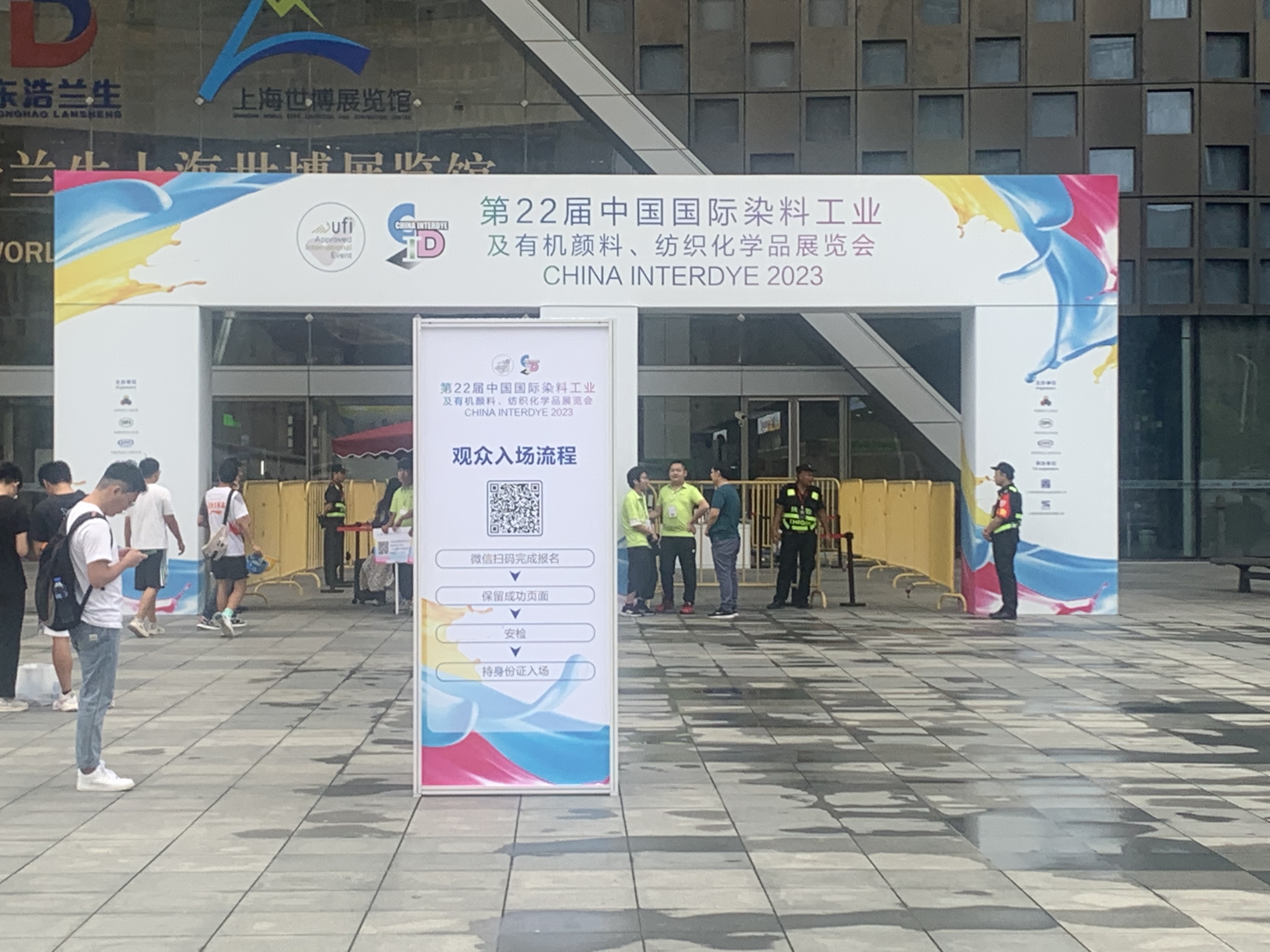Based on the extensive role of silicone oil throughout the textile production chain, its functions can be systematically categorized as follows:
1.Enhancing Fiber Processability ("Smoothness Engineer")
Mechanism: Forms a smooth molecular film on fiber surfaces, reducing friction.
Impact on Synthetic Fibers (e.g., Polyester): Lowers friction factor from 0.3-0.5 to 0.15-0.25, facilitating fiber alignment during spinning, minimizing fuzz, and improving yarn quality.Impact on Natural Fibers (e.g., Cotton, Wool): Creates an elastic buffer layer on cotton, restoring flexibility lost when its natural wax is damaged. Increases wool's breaking elongation by 10%-15%, reducing breakage during processing.Overall Benefit: Improves spinnability and lays a foundation for subsequent dyeing and finishing.2.Optimizing Dyeing & Finishing ("Performance Optimizer")
Dyeing Enhancement ("Accelerator & Regulator"):
Reduces density in the fiber crystalline region, creating penetration channels for dyes.Result (Cotton Reactive Dyeing): Increases dye uptake rate by 8%-12% and dye utilization by ~15%, lowering dye costs and wastewater treatment load.Multifunctional Finishing ("Modifier"):
Water/Oil Repellency: Fluorinated silicone oil forms a low-surface-energy layer, increasing water contact angle from 70°-80° to >110°.Antistatic Properties: Polar groups adsorb moisture, forming a conductive layer that reduces fabric surface resistance from 10^12Ω to <10^9Ω.Overall Benefit: Transforms fabrics into functional products for diverse applications.3.Preserving Fabric Quality in Garments ("Texture Guardian")
Softening:Amino silicone oil cross-links with fiber hydroxyl groups, forming an elastic network, imparting a "silk-like" touch.Result (Pure Cotton Shirt): Reduces stiffness by 30%-40%; increases drape coefficient from 0.35 to >0.45, enhancing comfort.Wrinkle Resistance:Combined with resin, it creates a synergistic effect.Fills spaces between fiber molecular chains, weakening hydrogen bonds. Allows fibers to deform freely under stress and recover due to silicone oil's elasticity.Result: Increases fabric crease recovery angle from 220°-240° to 280°-300°, enabling "wash and wear".Overall Benefit: Extends garment lifespan and improves consumer experience.4.Advancing Towards Sustainability ("Environmental Protection & Innovation")
Trend: Development aligns with the green textiles concept.Focus: Replacing potentially harmful components in traditional silicone oils, such as free formaldehyde and APEO (Alkylphenol Ethoxylates).
📍 Address: Room 203, Building 2, No.1588 Huhang Road, Shanghai, China
🌐 Website:www.vanabio.com
📱 WhatsApp: Avery +86 15056351624


